Don’t go to Koblenz.
But if you do, make sure to see the Deutsche Eck.
That’s why I traveled to Koblenz — hoping to find a place full of history and wine, just like Trier. That didn’t work out. Koblenz is a rather dirty and hastily rebuilt (after WWII) city; not much beauty here. The only wine shop is a branch of a wine-selling company — all the unique, independent wine spots Trier has are closed or have stopped operating.
So, while being disappointed by the city, I went to the Deutsche Eck, hoping to find out why it is of such significance. The Deutsche Eck (i.e. German Corner) is named that way because it’s located where two of Germany’s most important rivers, the Rhein (Rhine) and the Mosel (Moselle), meet. The junction is shaped like a “T”: the upper horizontal bar is the larger Rhine, and the lower vertical bar is the smaller Moselle. The Deutsche Eck is located on the right, where the lower line meets the upper one.
I knew there’d be some kind of memorial, and yet I wasn’t sure what to expect. On my way to the tip of the triangle, I noticed something on my left overshadowing the location — like in Game of Thrones when some kind of dragon has arrived. And there it was: a gigantic pedestal, and on it, an even more gigantic horse and a huge rider on its back. All in all, that’s 44 meters — i.e. 145 feet, or half the length of an American football field. I was appalled. The sheer size of the thing seemed intimidating — almost violent. I barely took any pictures and left, annoyed.
The Deutsche Eck is the result of a development that began in Germany in 1813, when the people of the many different German territories — later known collectively as “Germany” — joined forces to drive out the French and Napoleon, who had occupied the country for years. Here, the idea of “one Germany” was born, a previously unknown patriotism breaking through among the people.
But that wasn’t the end of the story. The revolution of 1848 was also driven by this new patriotism (along with other ideas such as “freedom”) — and it failed. Germany remained a fragmented mix of territories, despite a widespread longing among the people to be one nation. That vision came true when Bismarck united those peoples by luring them into fighting their neighbors — most notably the French — in 1870/71.
Around that time, the liberal nationalism that saw all nations as equal and was based on freedom turned into integral nationalism — the belief that one nation is superior to others. And it is in this spirit that the Deutsche Eck was designed.
The monument does not show the true mastermind behind the unity of 1871. It was not Bismarck who was seen as the victor of 1871, but the Prussian king who became the first German emperor: Wilhelm I. After ruling the newly established German Empire for 17 years, he died in 1888. And immediately after his death, voices were raised calling for a memorial to celebrate the newly achieved German unity, and — much more importantly — to send a message to the French.
What message?
The Rhine had sometimes been a border between the French and the Germans. At times, the French had even taken control of the territories west of the river. In response, the Germans insisted: “Der Rhein ist deutsch” (“The Rhine is German”) — meaning both riverbanks. This led to an omnipresent feeling of aversion — rooted in fear — toward the French. Will they start another war? The response, the reassurance, the supposed cure for that fear was the idea of “die Wacht am Rhein” (“The Watch on the Rhine”) — meaning: take up guard duty on the river, oversee what’s left of it, and make sure the French never get this land.
All of these sentiments were embodied in the massive (44-meter-high) statue of Wilhelm at the Deutsche Eck.
The message of the statue was very simple: deterrence of the enemy and reassurance for its own people. And its aesthetics still work to this day — the context has changed, and yet I shiver at the massiveness of the statue. Its dominance scares me.
But here is the difference: today, people don’t feel the divisive and chauvinistic nationalism that was accepted — almost expected — when the monument was erected. Times have changed. And yet… there are once again 25% of the German electorate willing to vote for a party that preaches nationalism, racism, and chauvinism. Have we truly learned from the past?
Finally, the monument has its own story. In 1945, when the US Army approached Koblenz, it was smashed into pieces by a single shot — an artillery grenade destroyed it. Rumor has it that General Eisenhower himself ordered the shot…
So, traveling to Koblenz might teach a lesson about nationalism.
Go to Koblenz.
Liked this post? Email me to say hi and I’ll sign you up for more articles like this: send mail
location
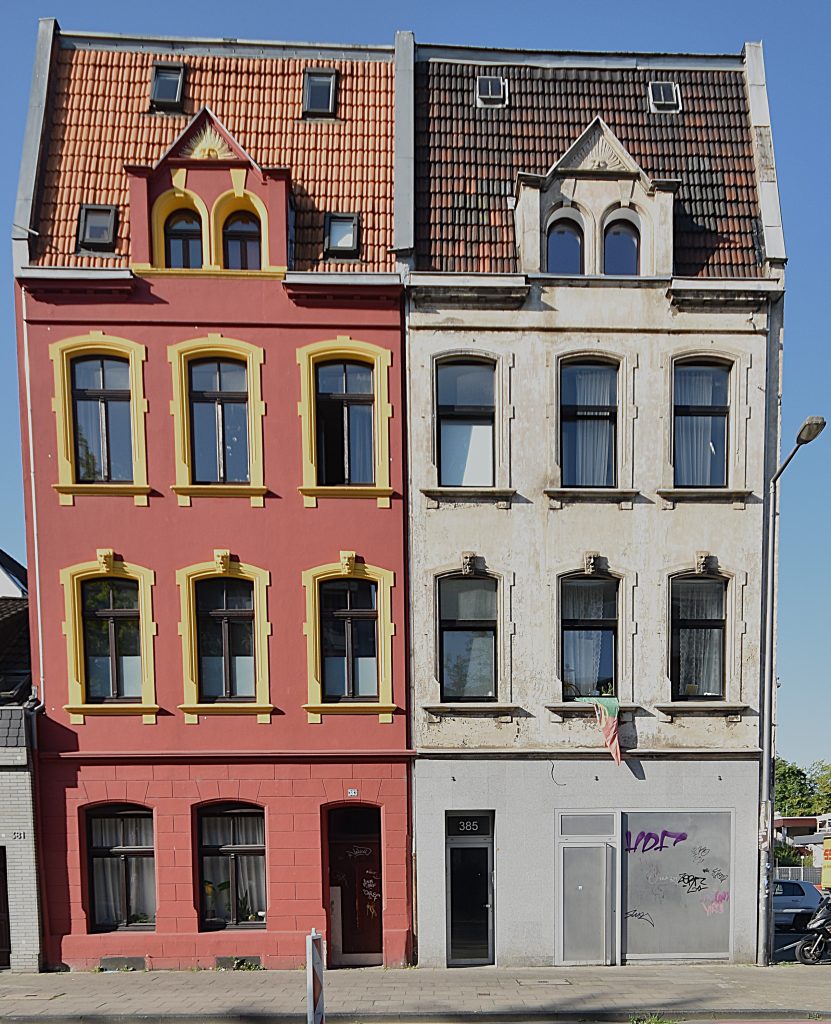
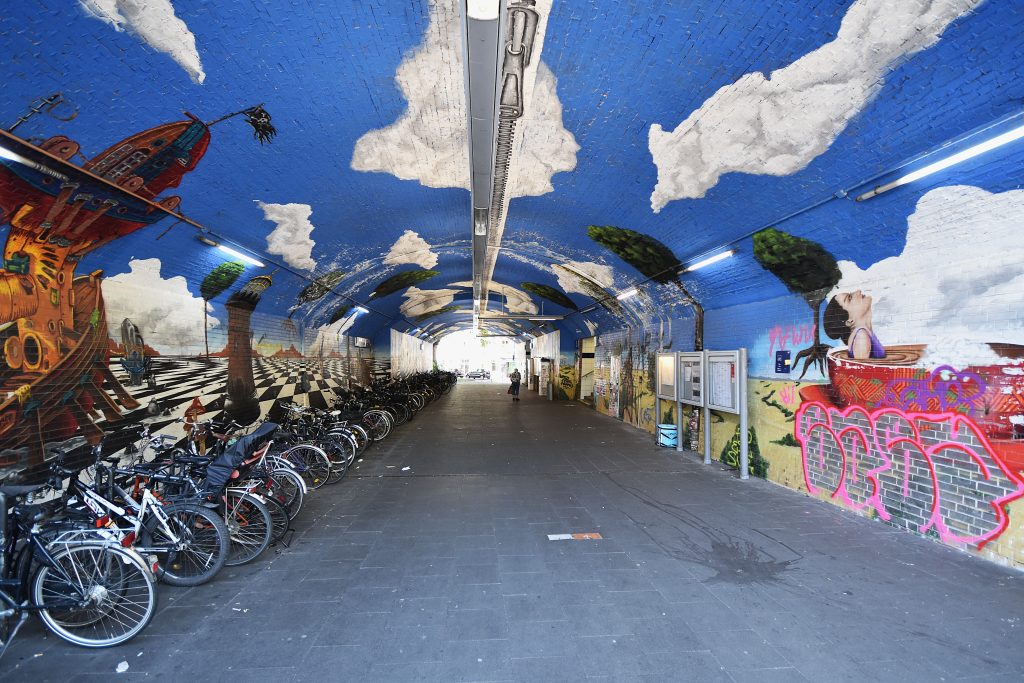


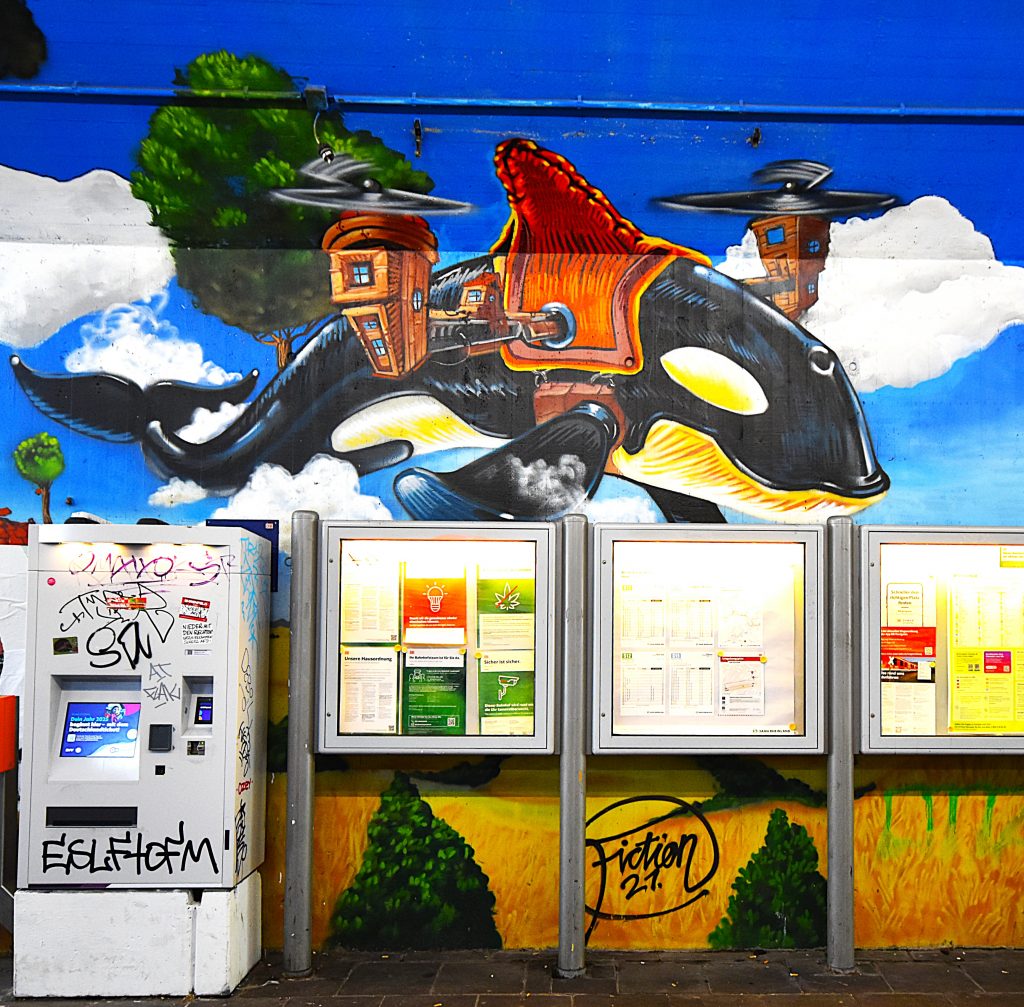
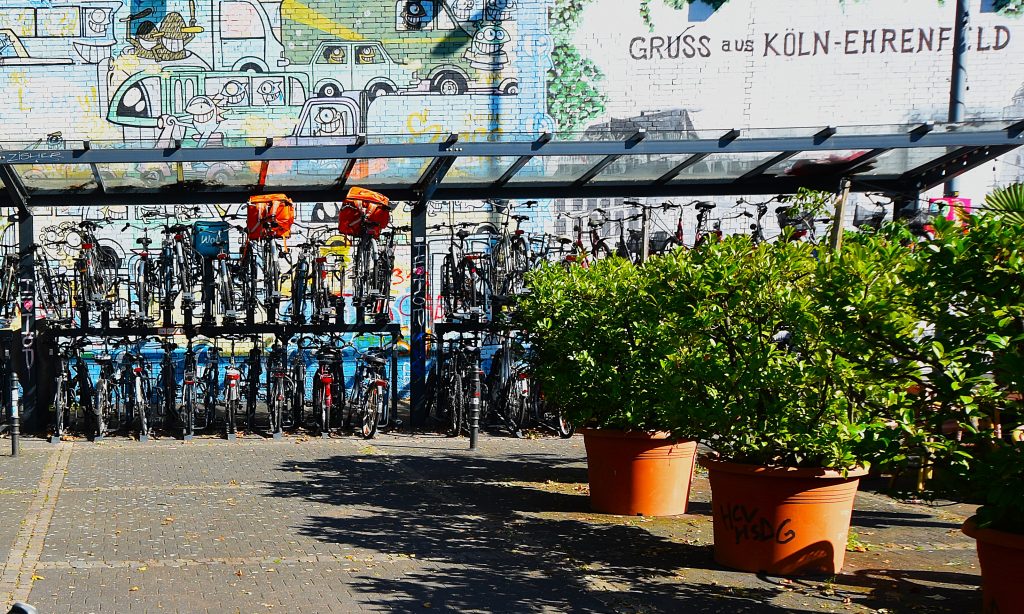
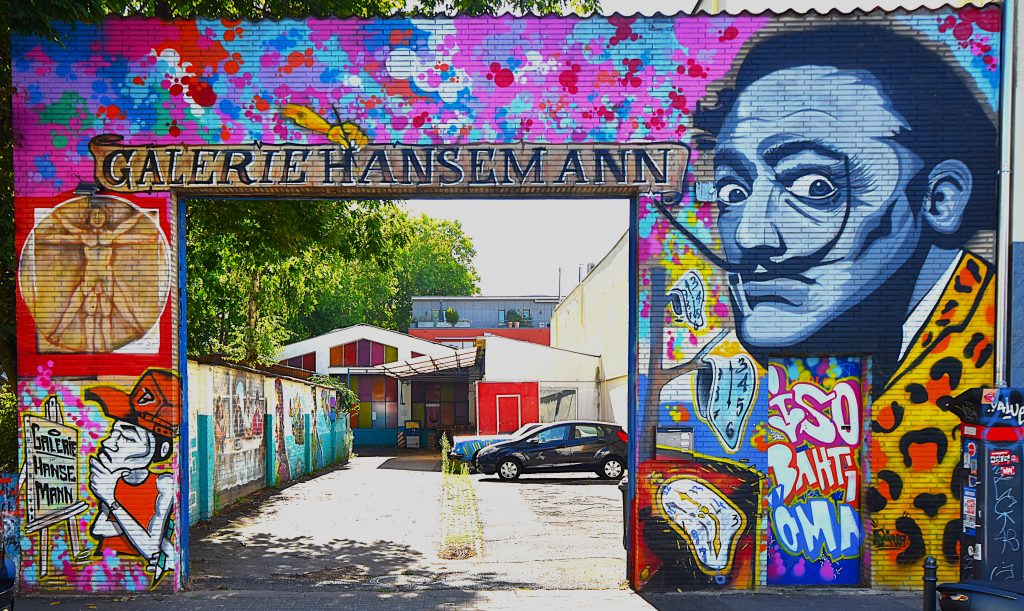
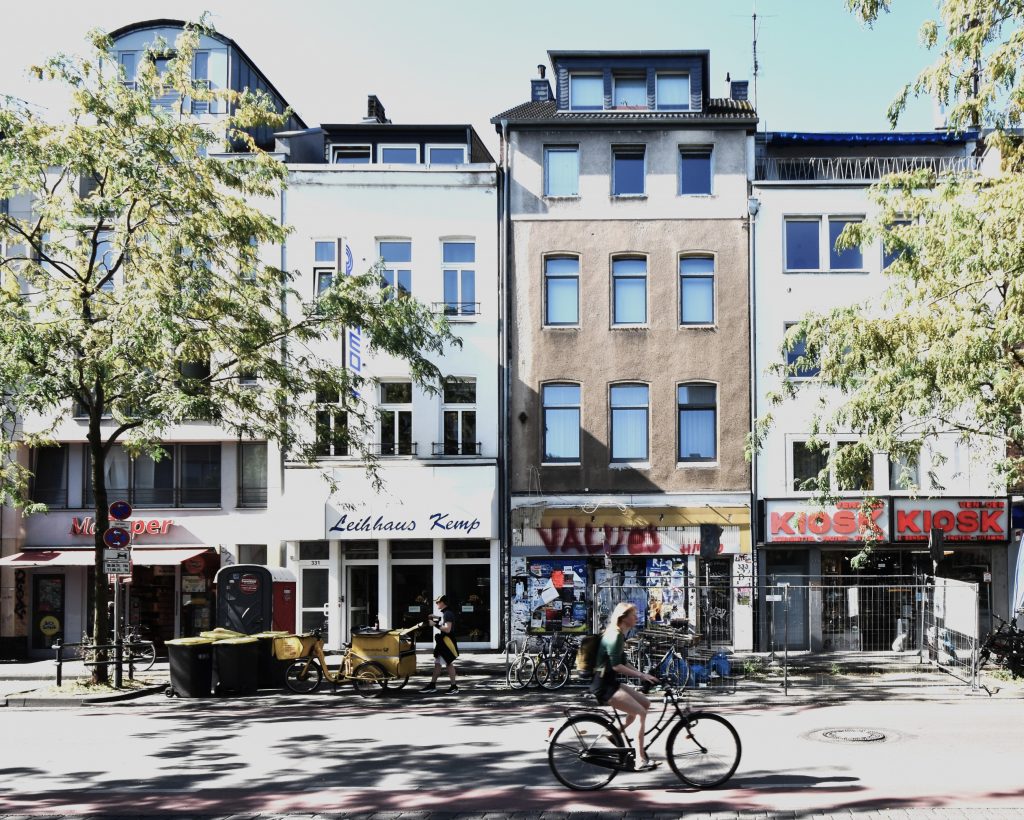
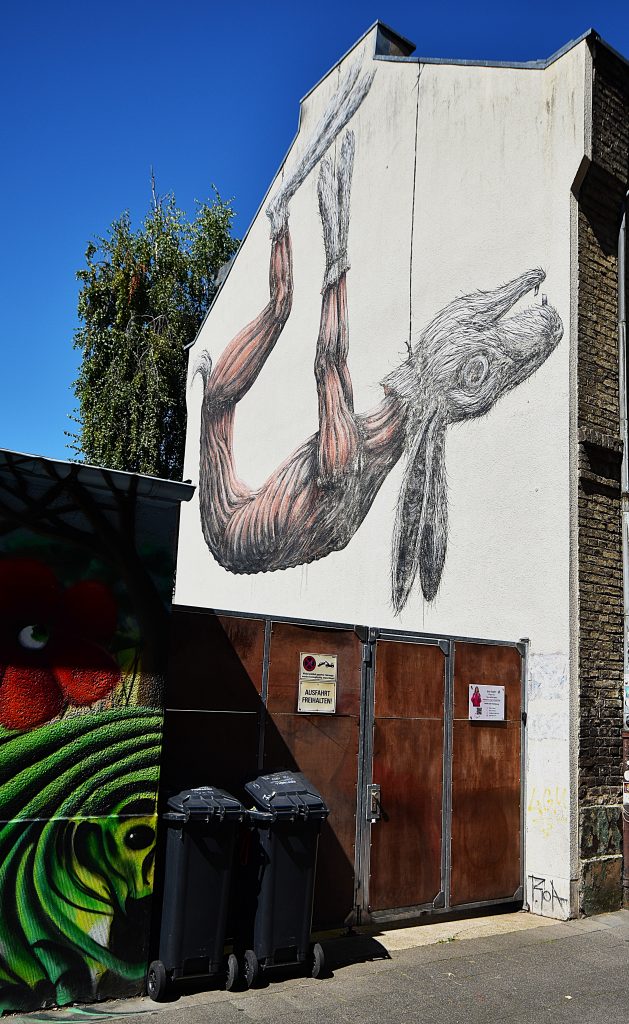
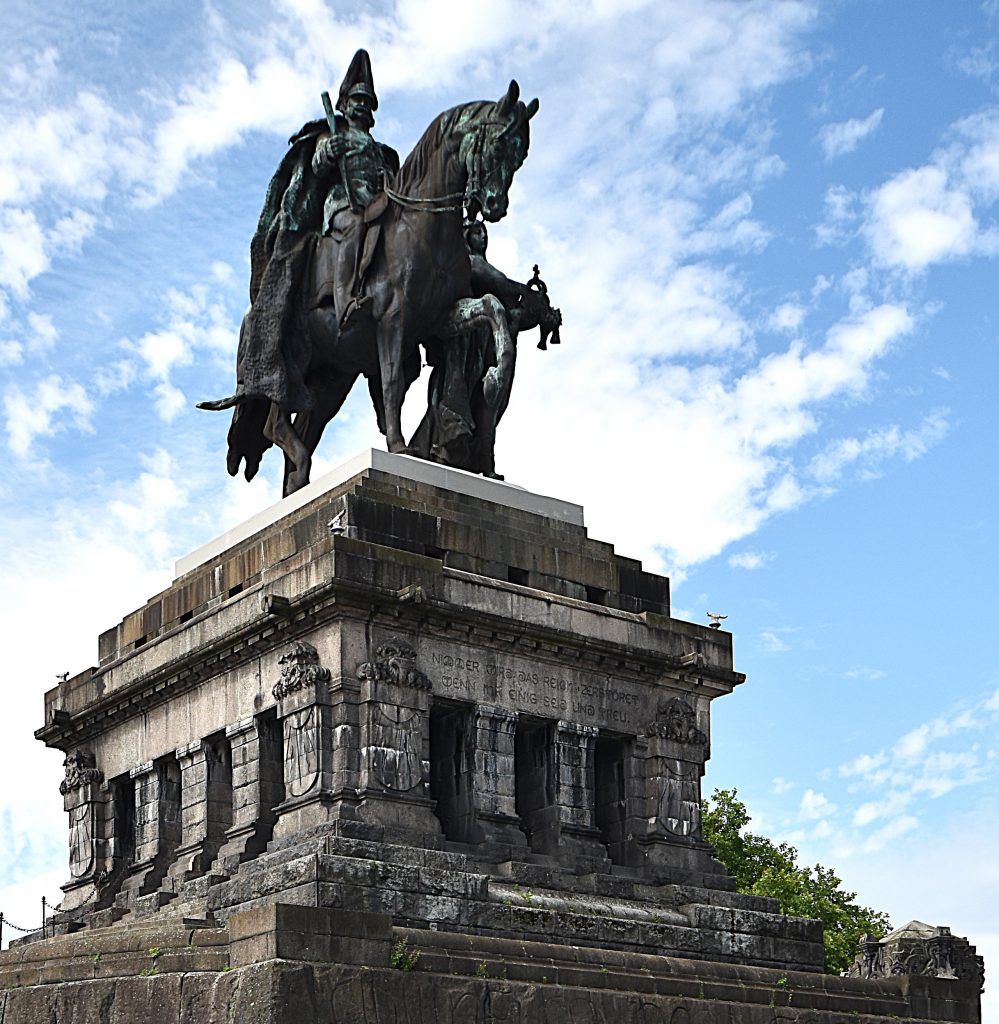
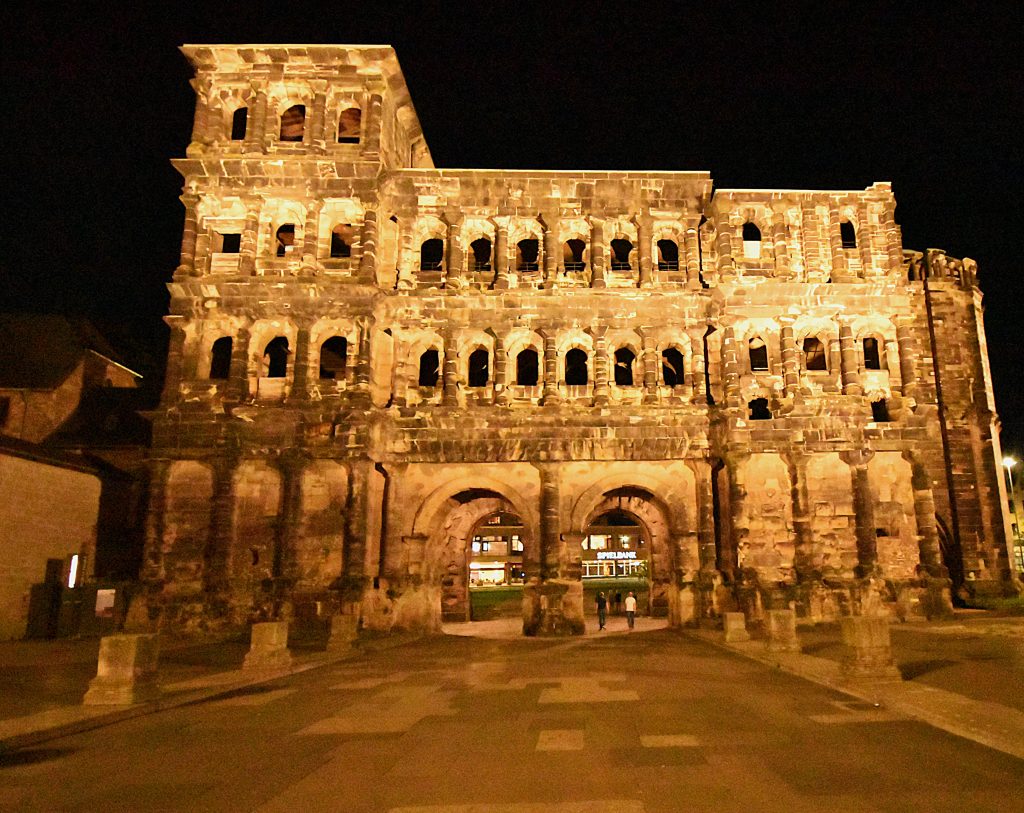
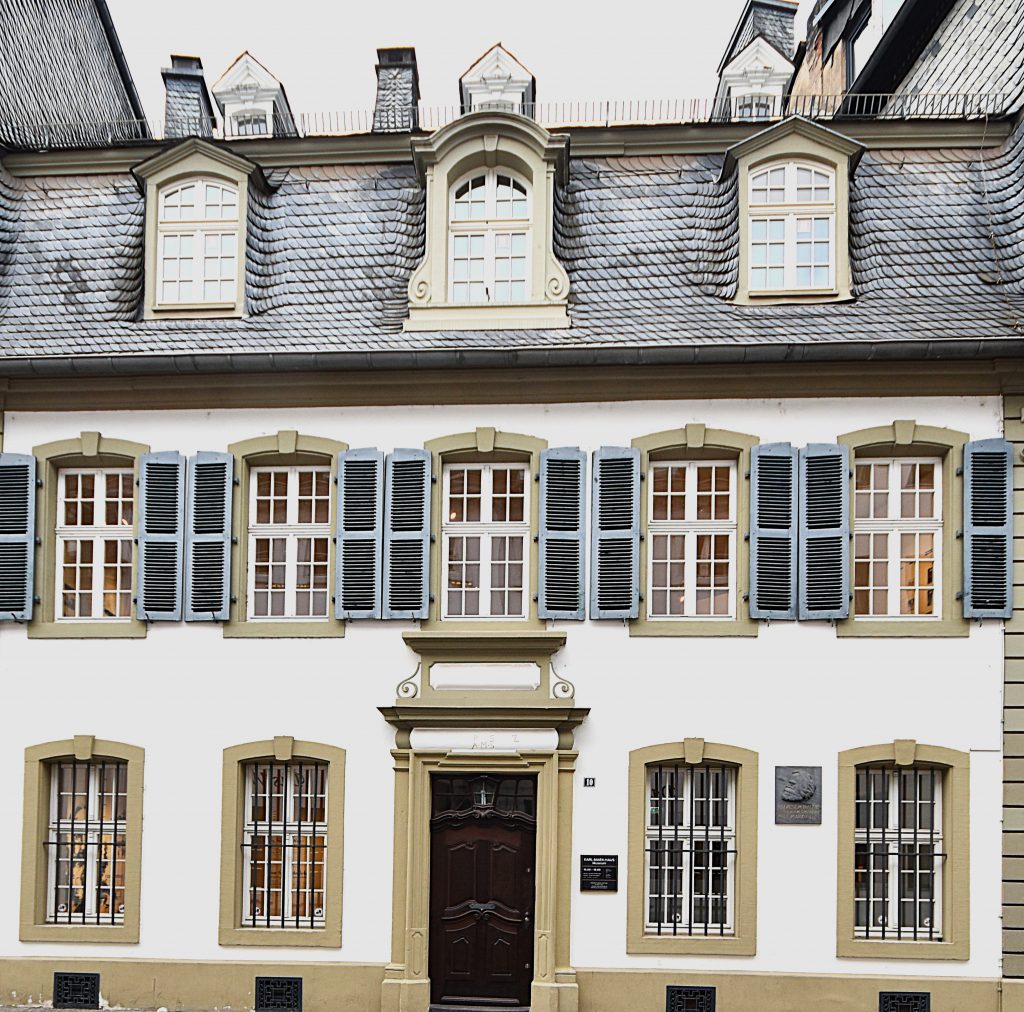
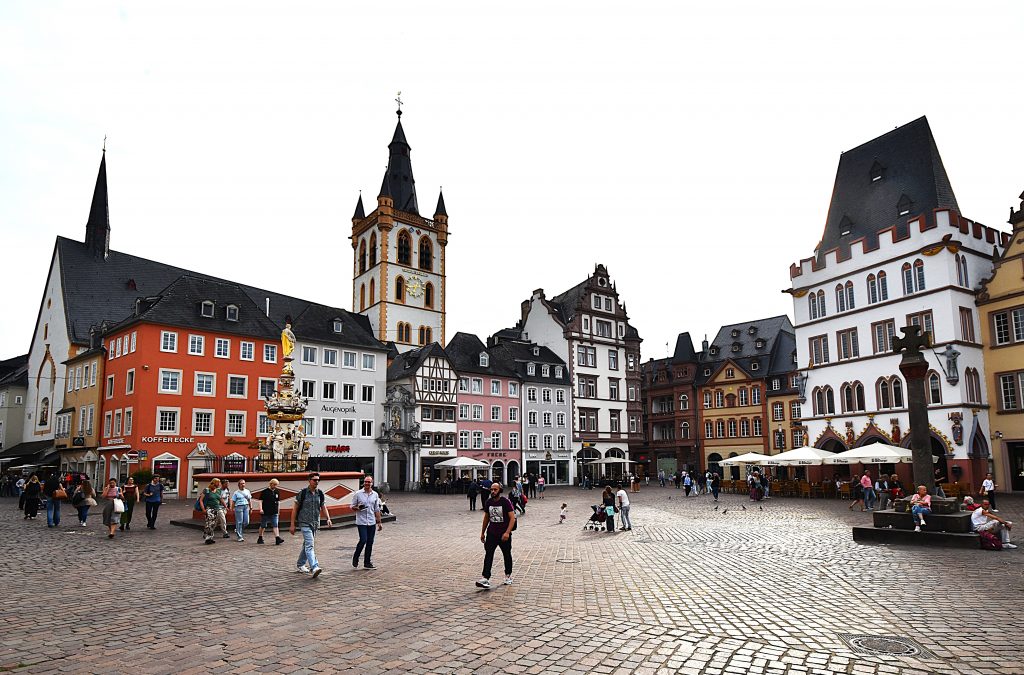
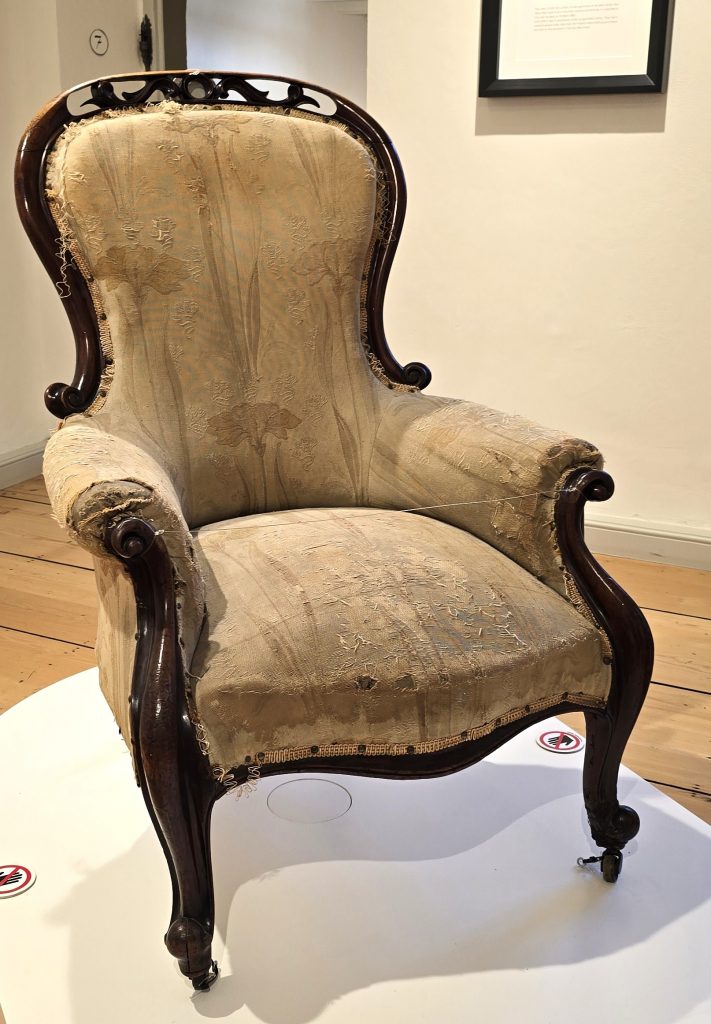
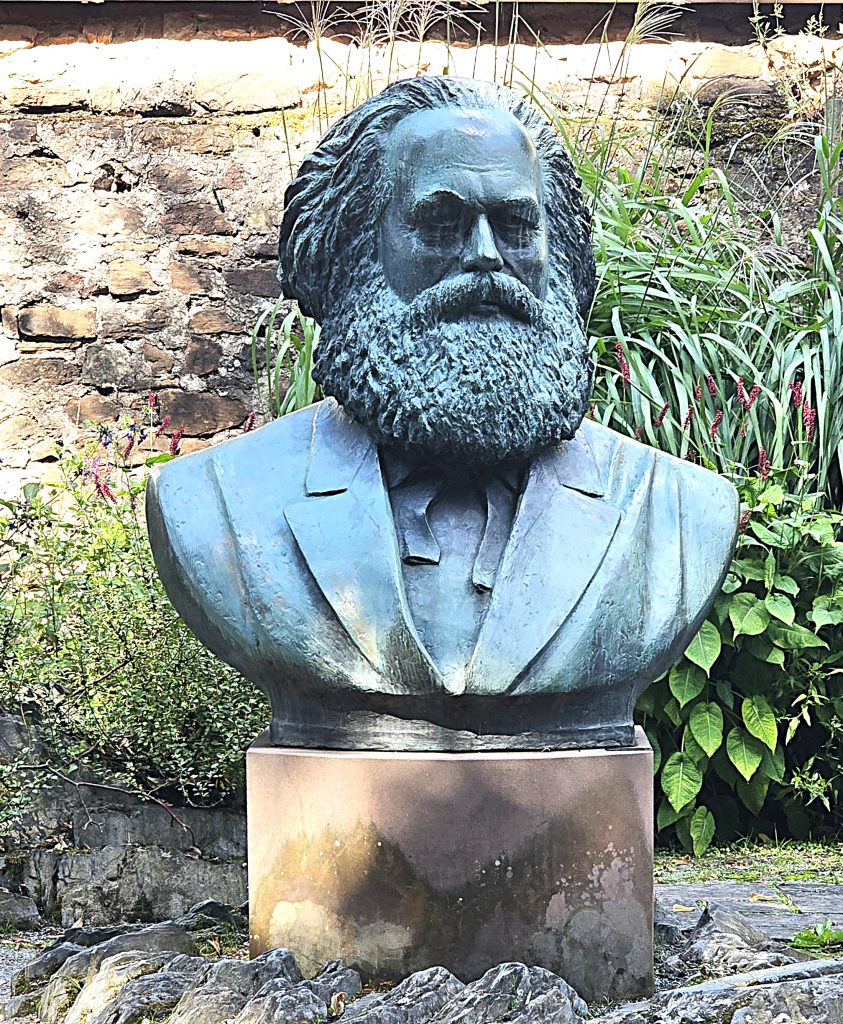
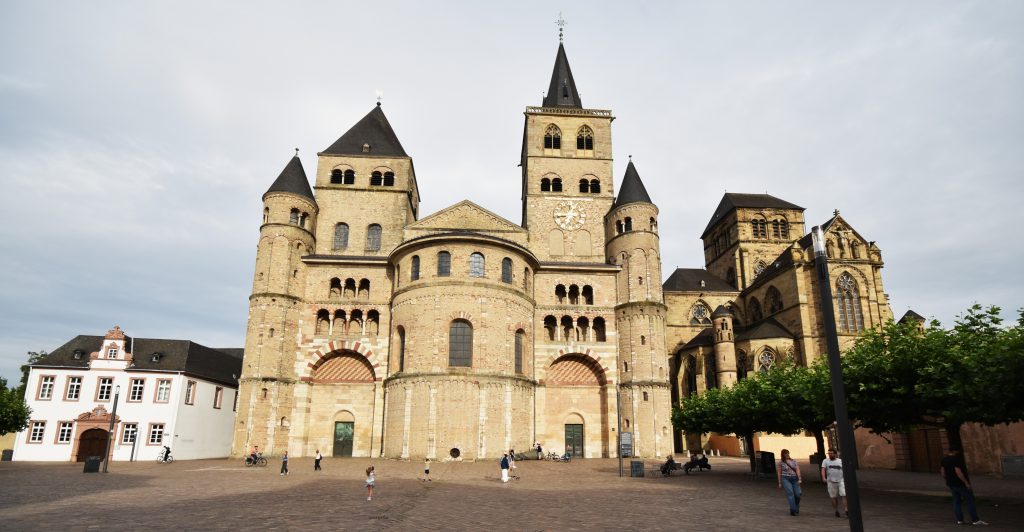
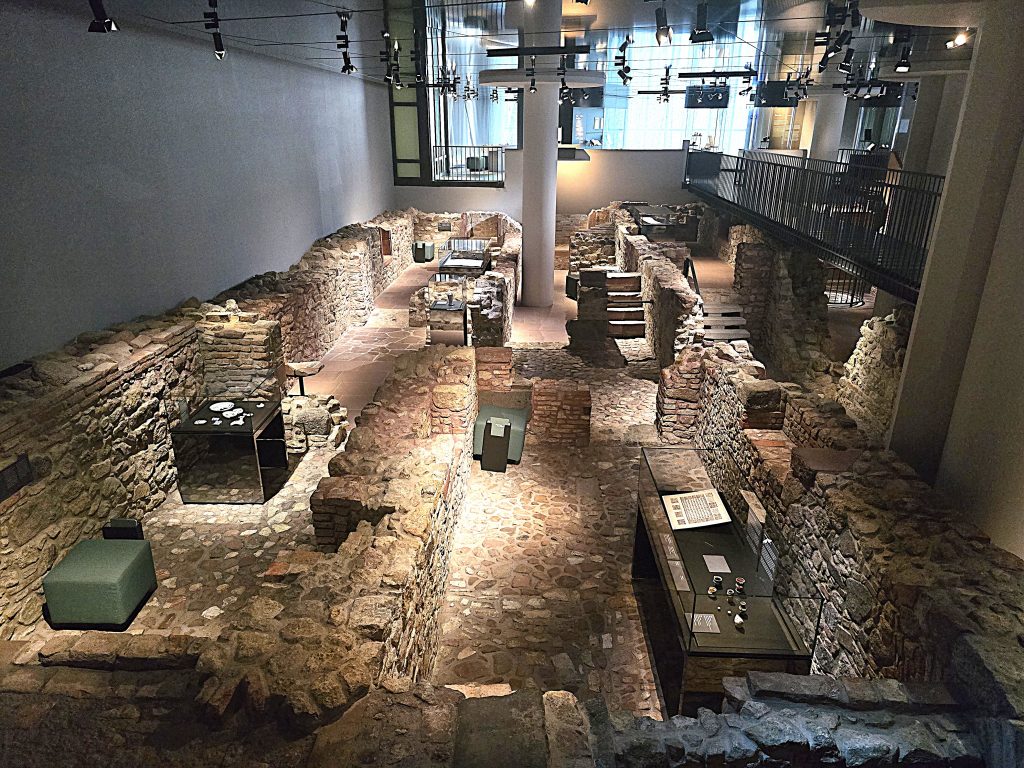
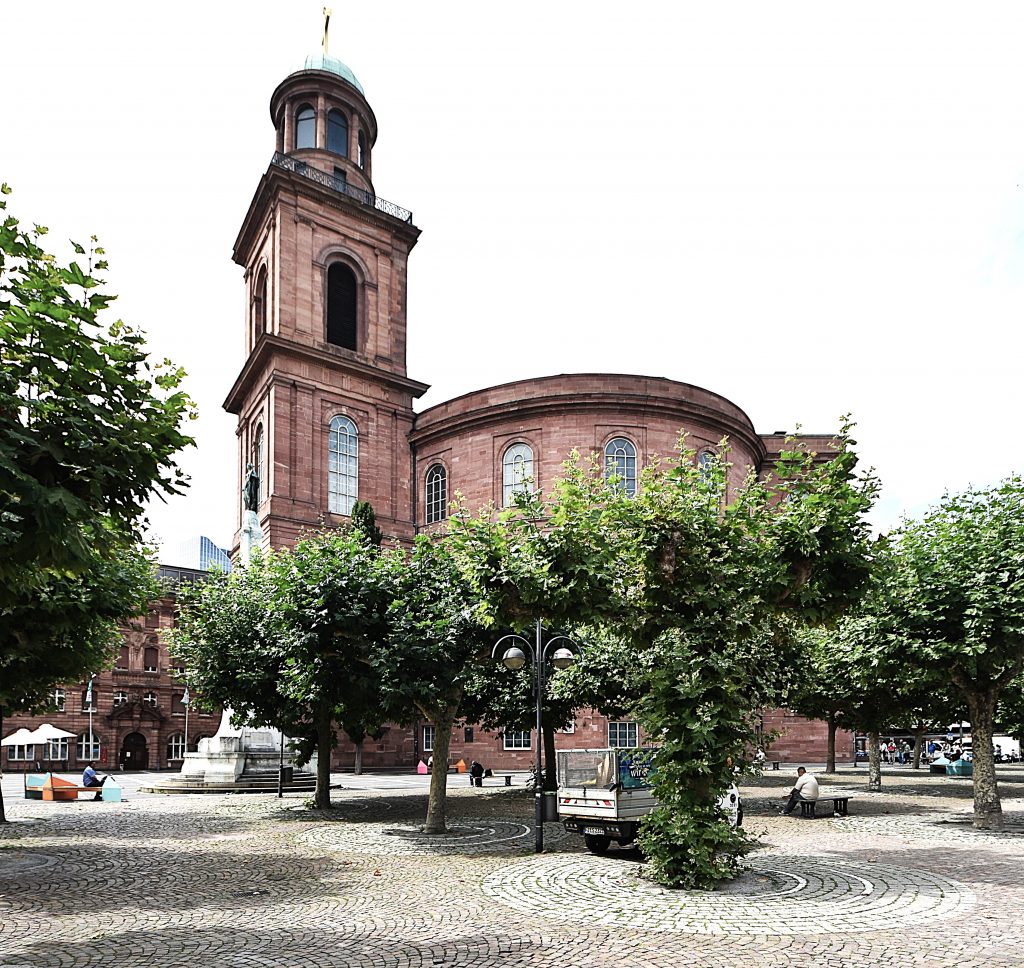
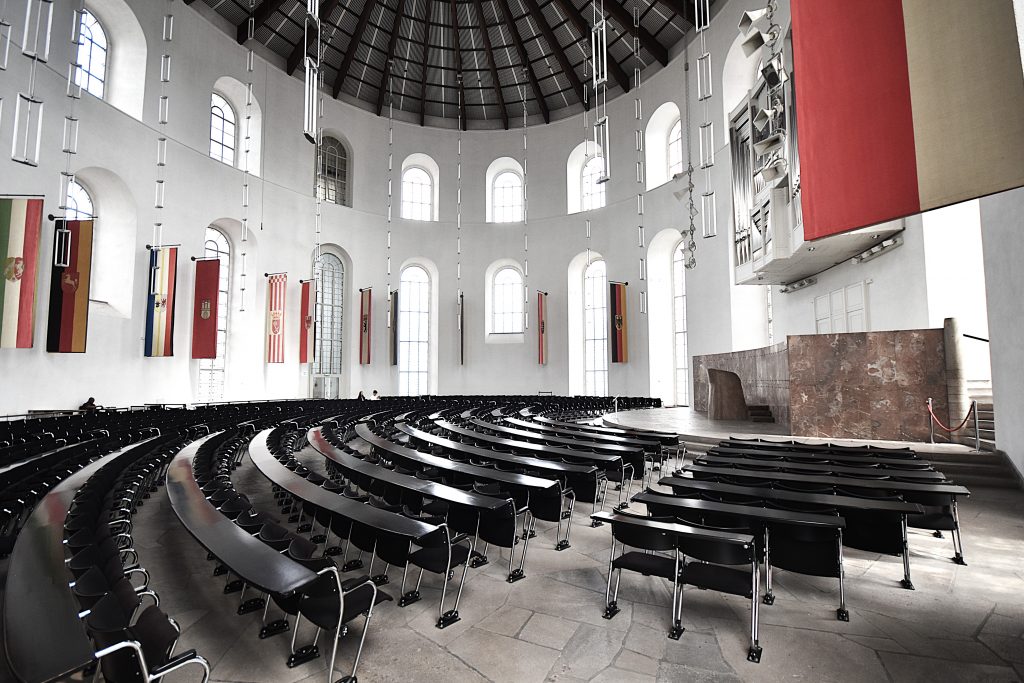
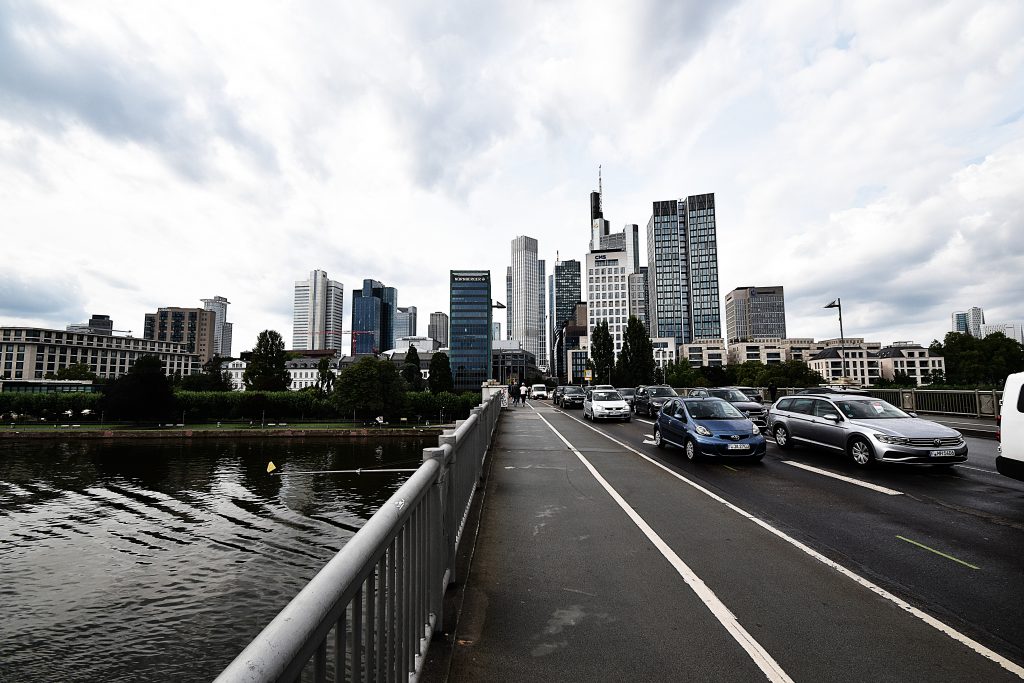
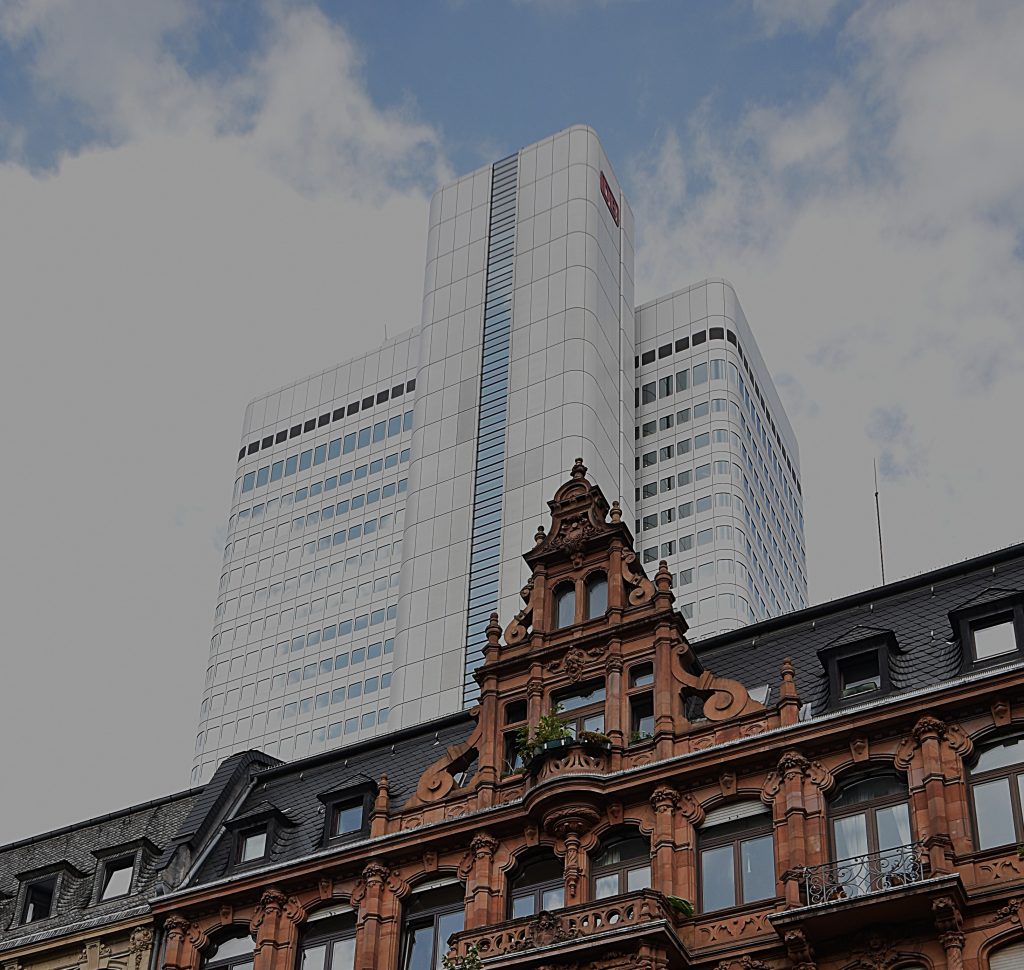
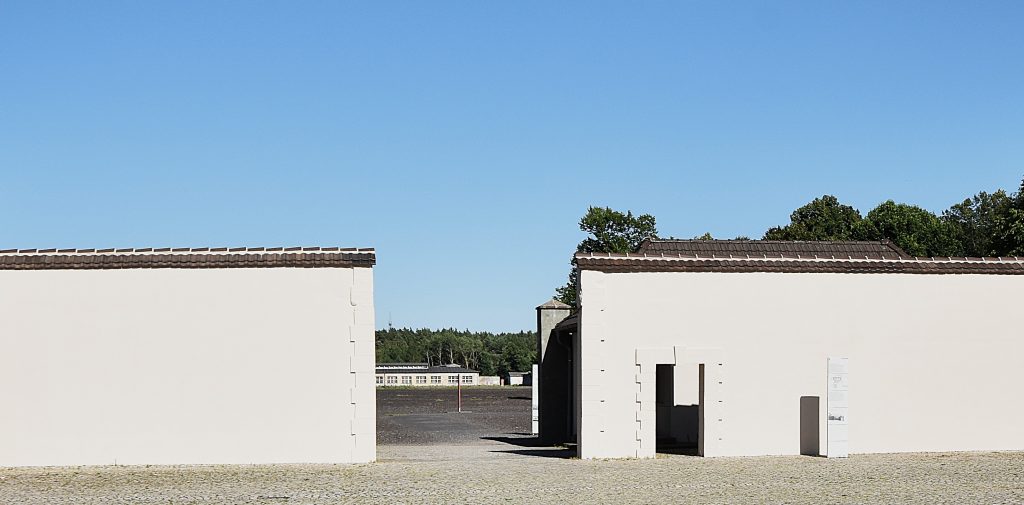

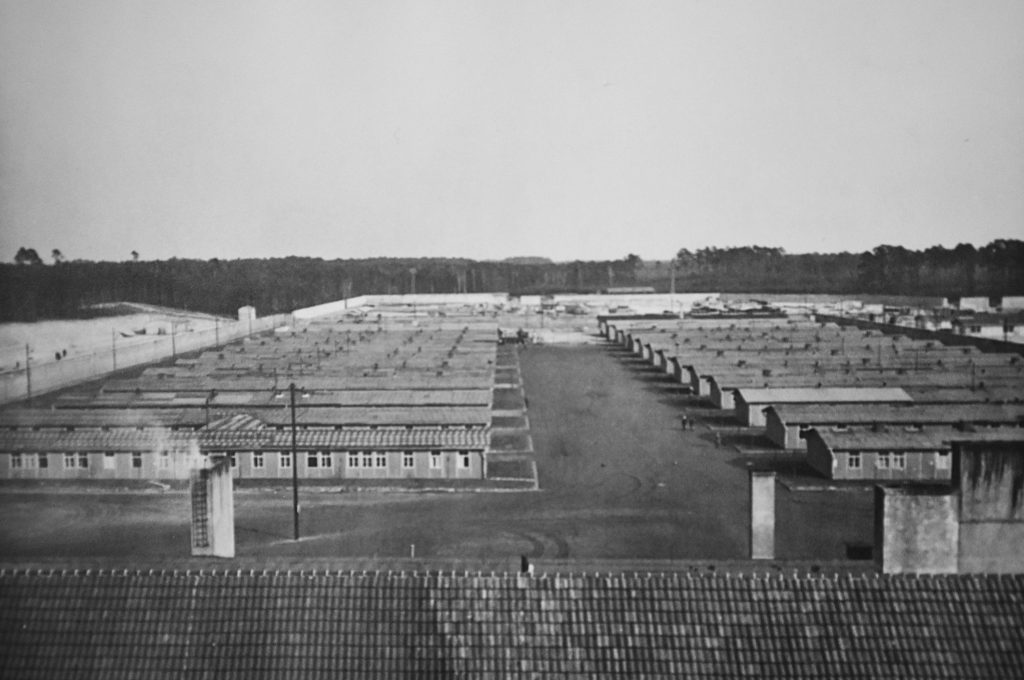
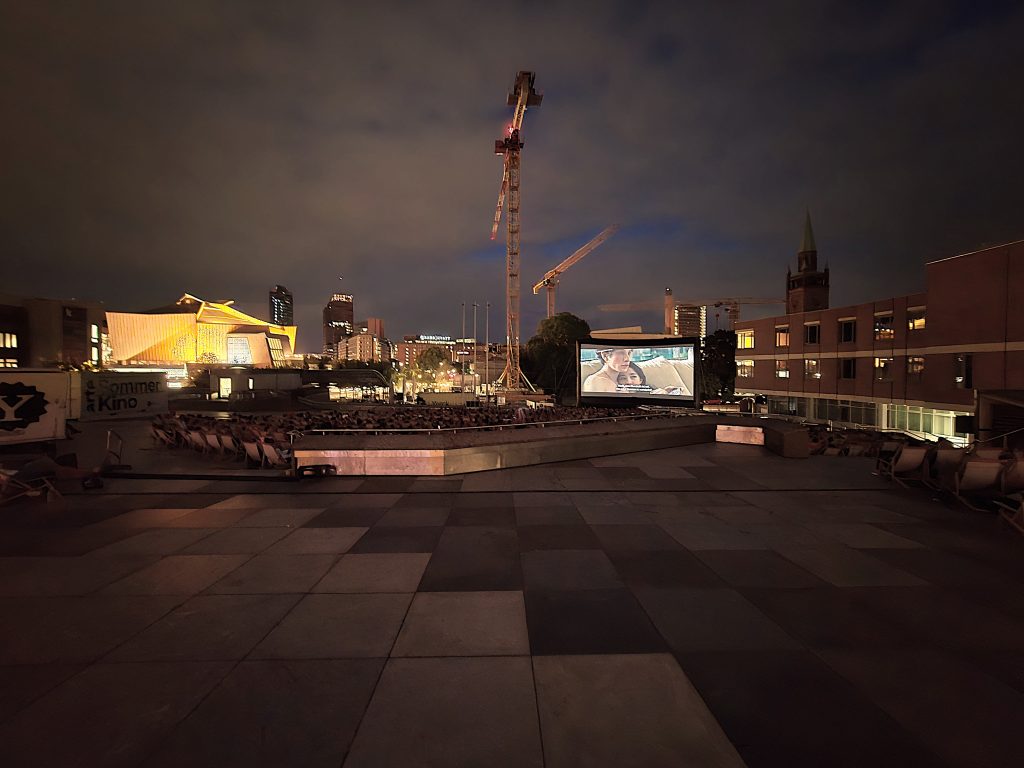

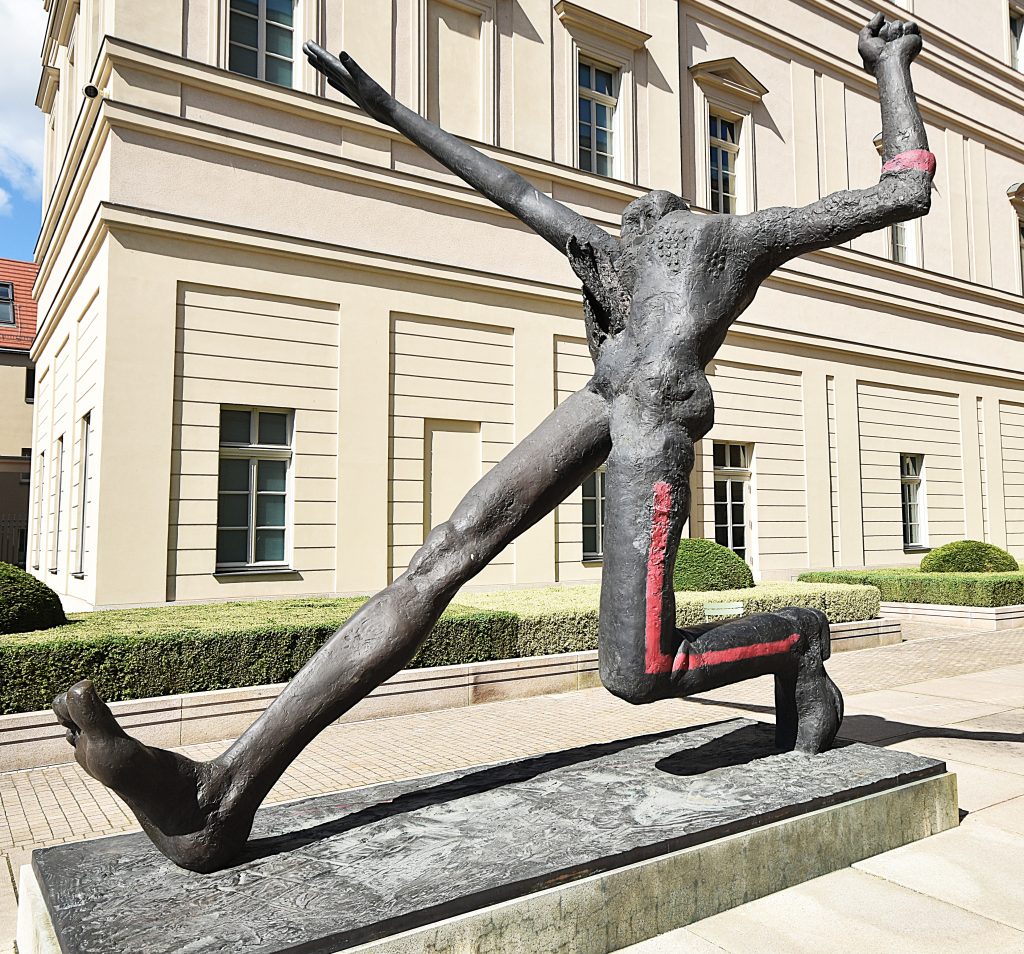
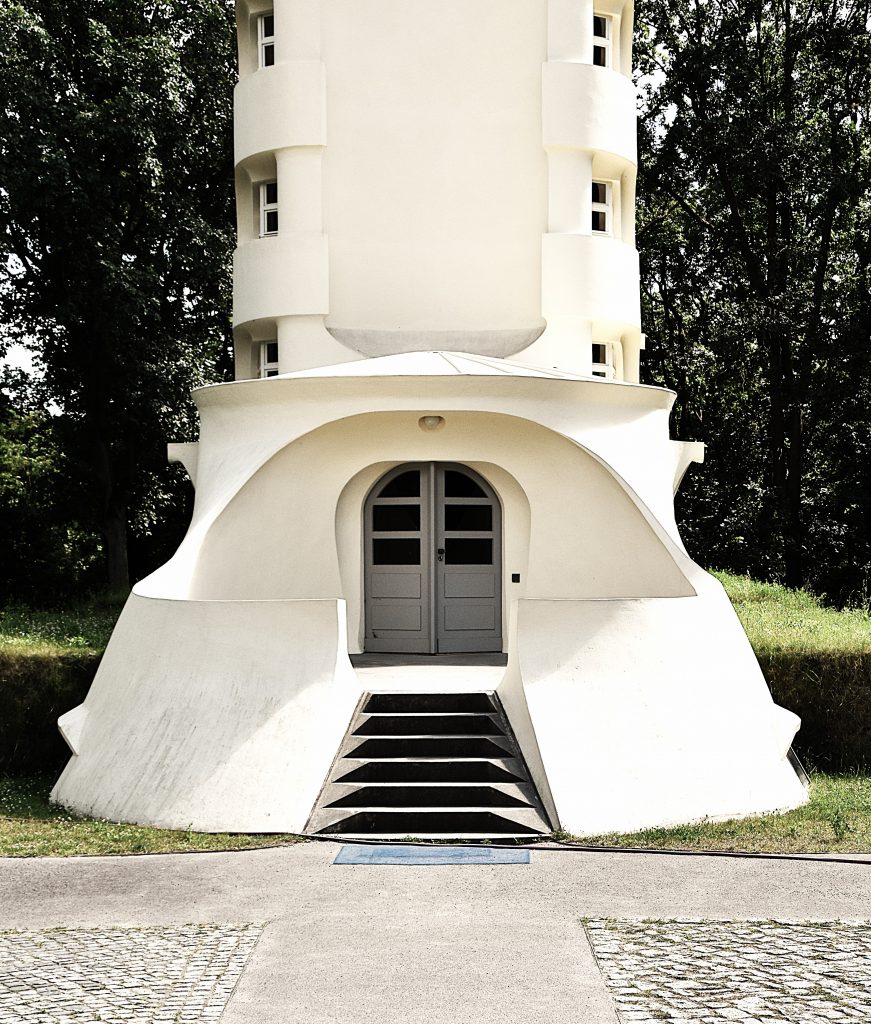
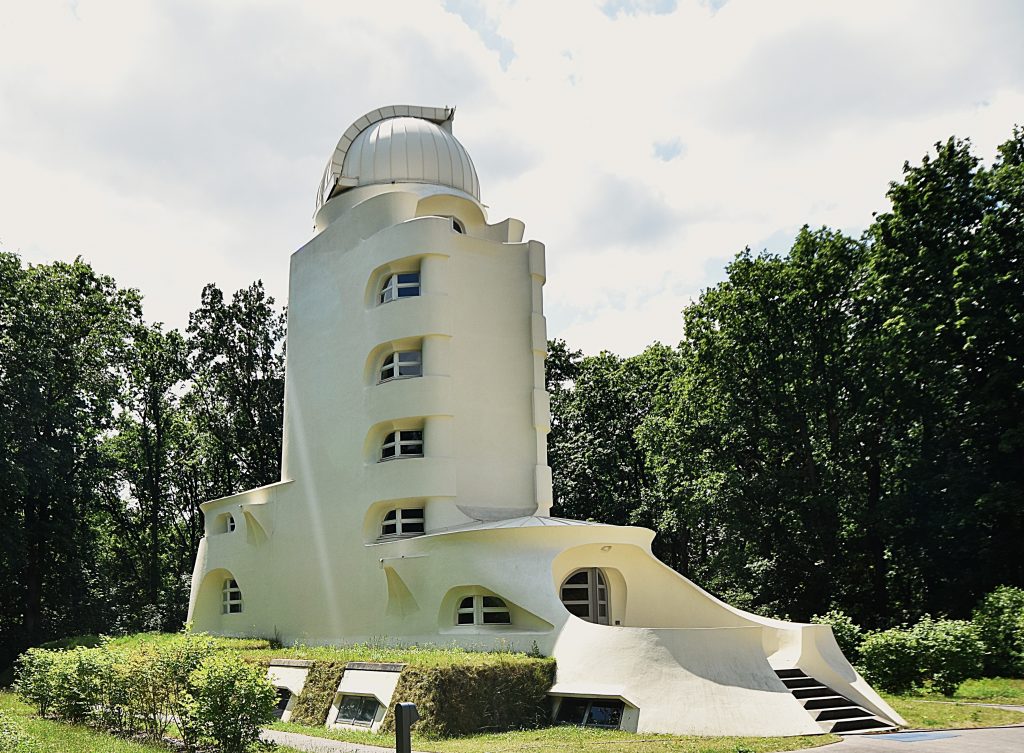
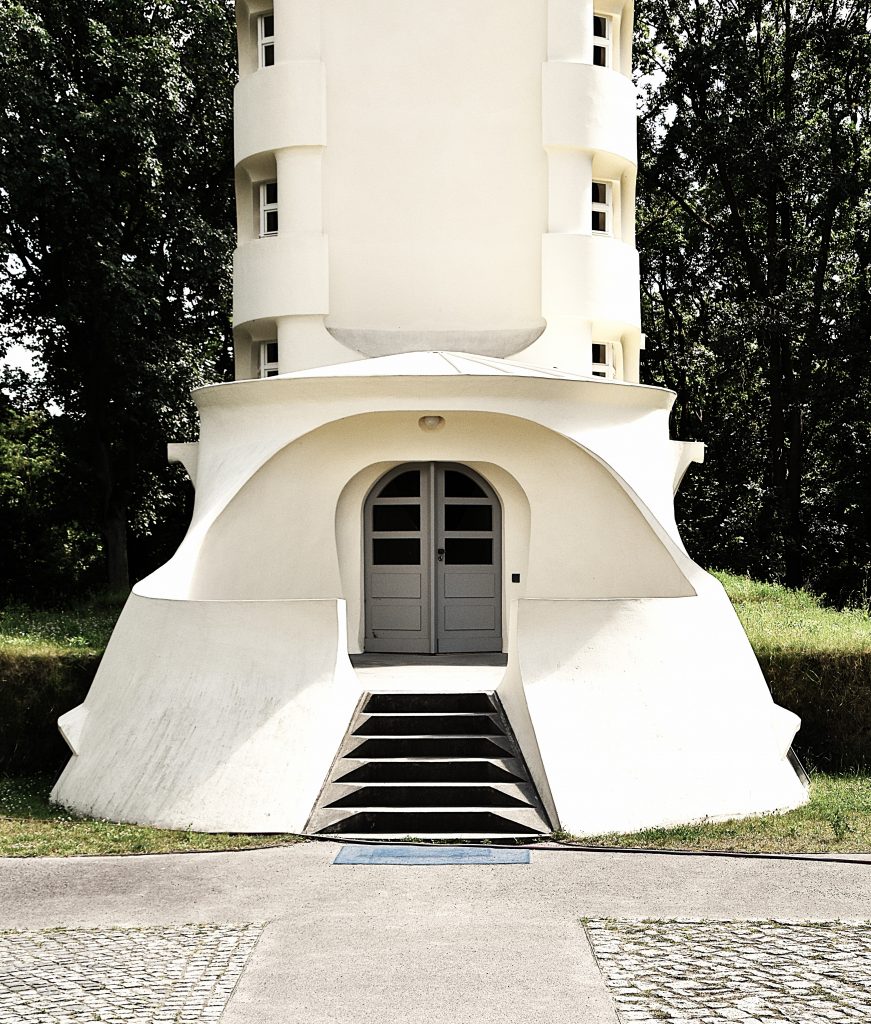
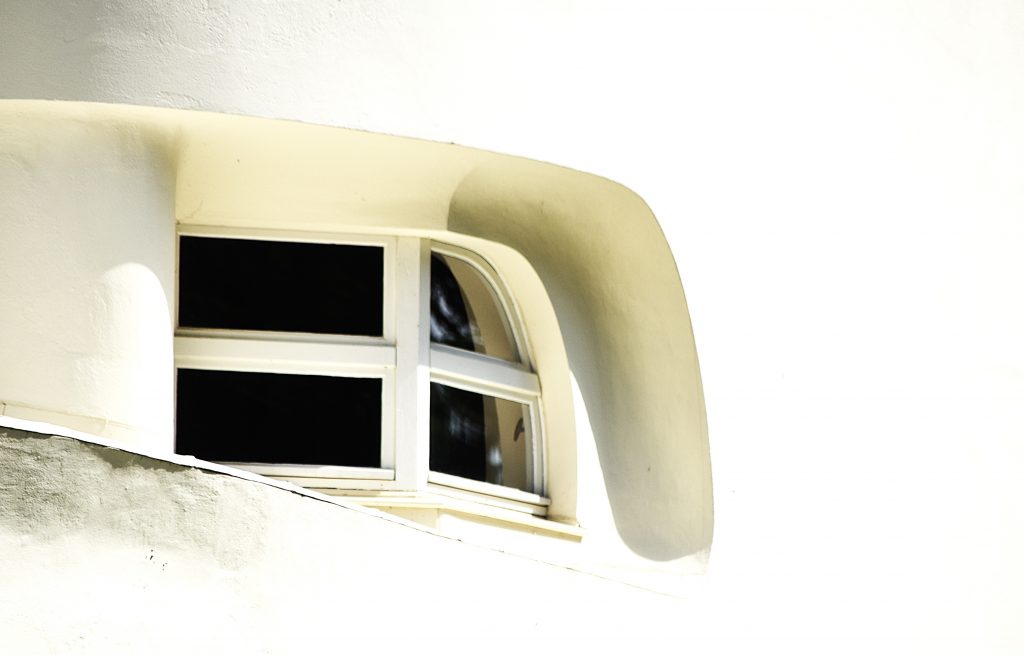
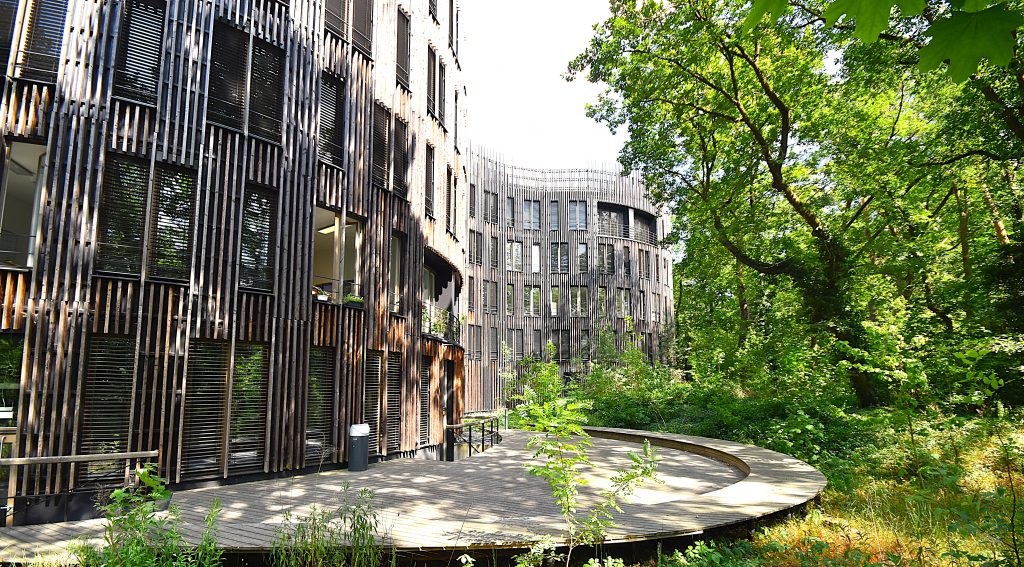
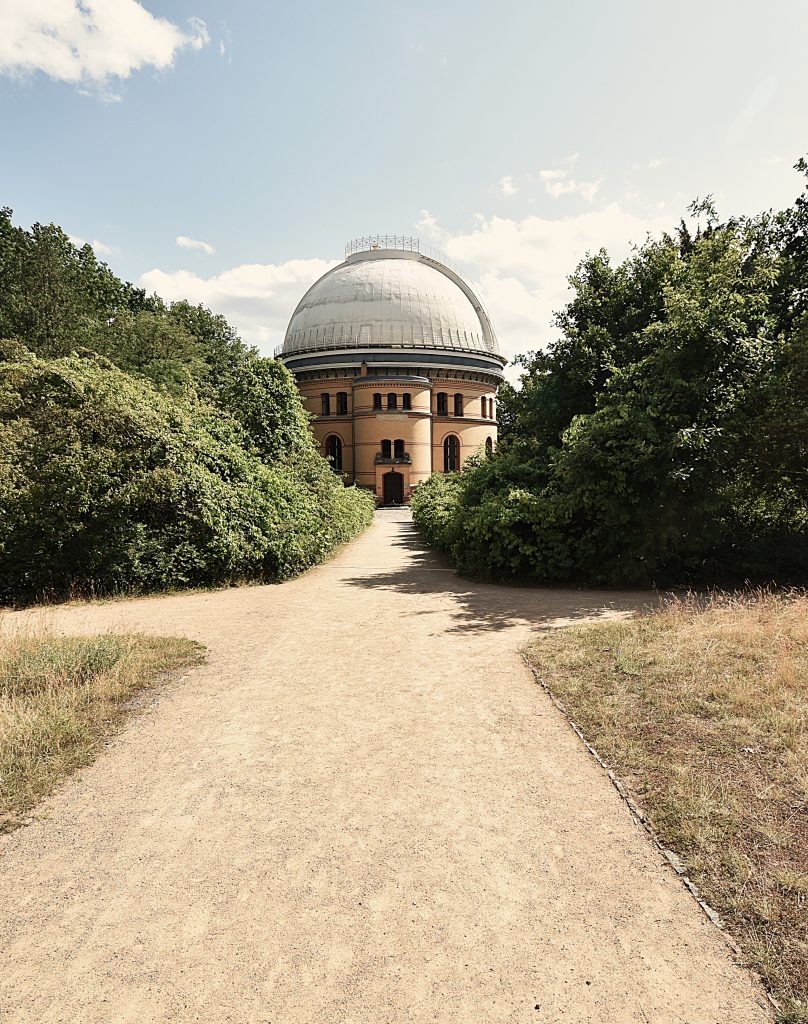
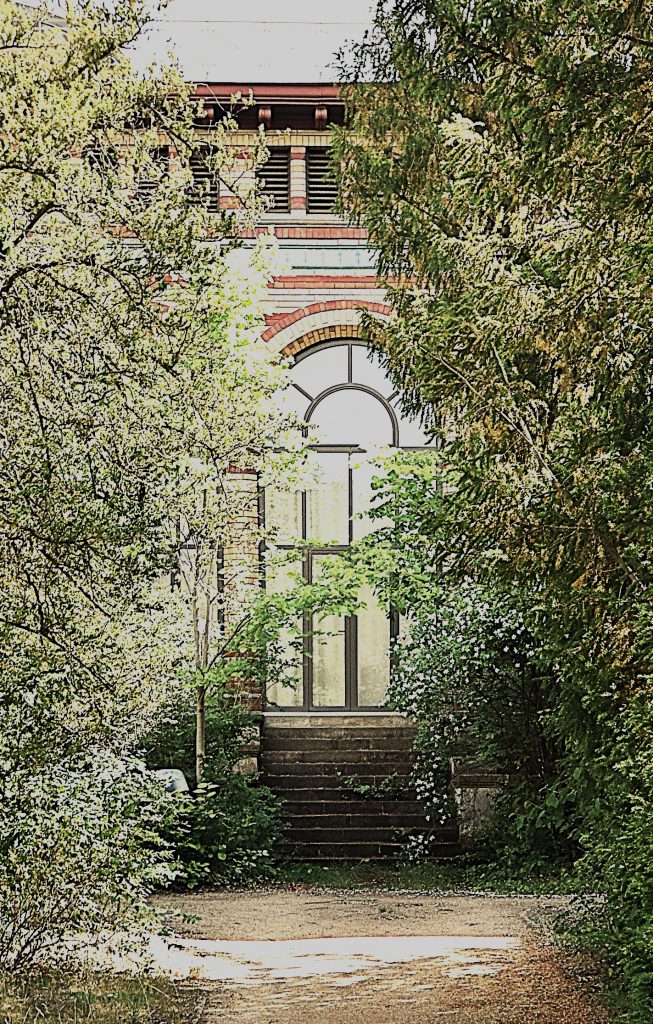
Good memories, Carol, thank you for that. Yes, being a guide was a true prvilege and I appreciate you paying…
Hello Bernhard My husband and I were in Berlin several years ago with friends and you were our tour guide…
Beautiful monuments and scenery! ❤️
Than your for the comment!
In fact the pictures take more time than anything else - I appreciate the comment!